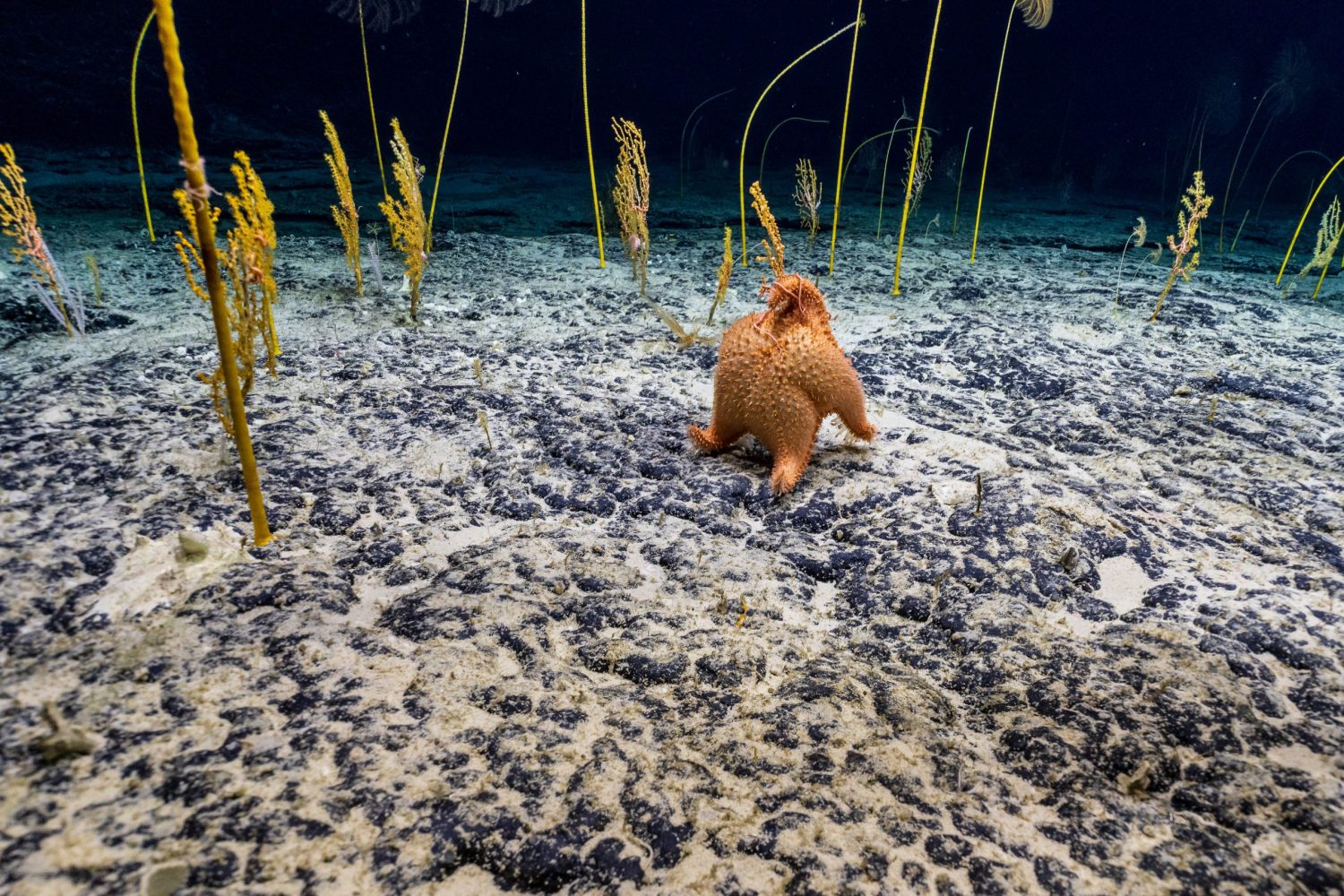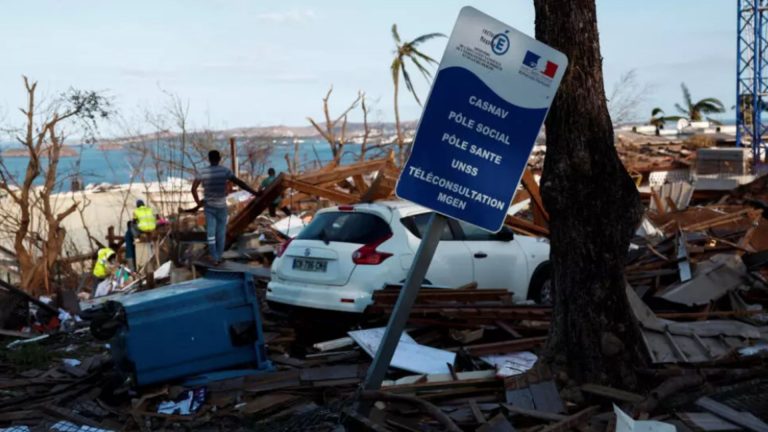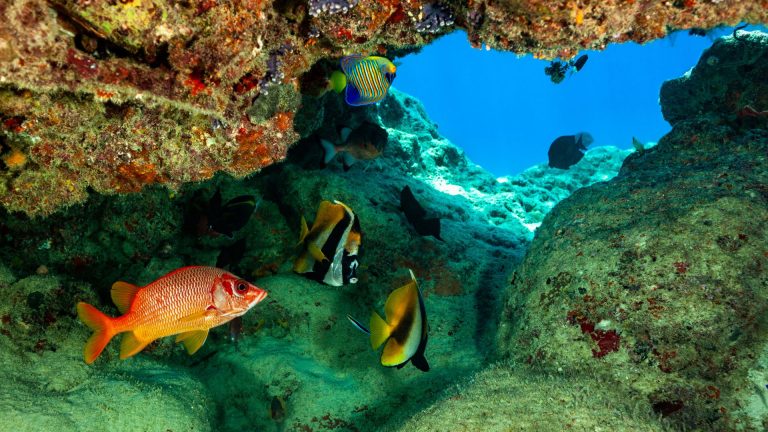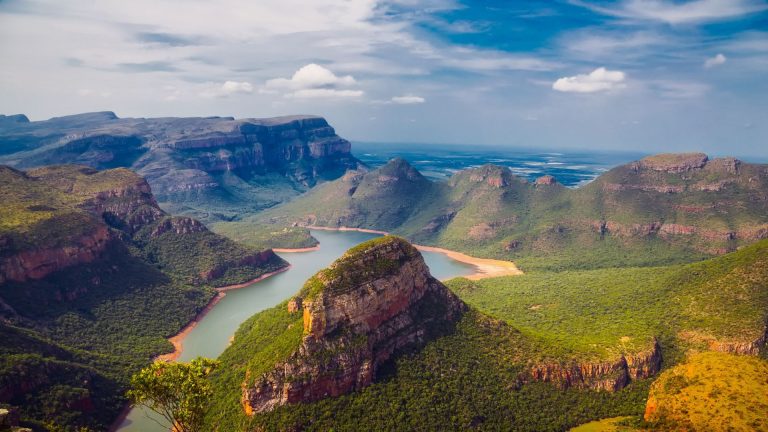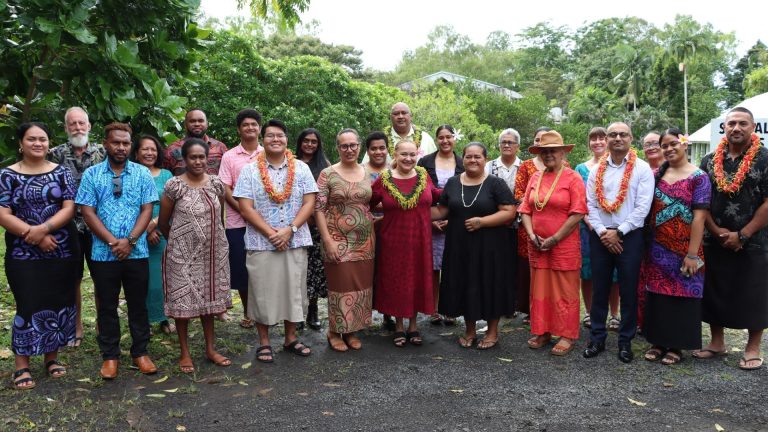Photo: Retrieved from civilbeat.org
Excerpt from civilbeat.org
Sanctuary protections can keep destructive activities out while allowing scientific research to continue, making them some of our best living laboratories for understanding the incredible ecosystems in the ocean — and how they are responding to climate change impacts. Huge swaths of the waters around the Pacific Remote Islands remain unexplored. Our dive was part of a broader mission to better understand how these deep-sea ecosystems work and how to protect them into the future.
Without protections, corals like these risk being ripped up by deep-sea fishing gear or destroyed by deep-sea mining. Enhancing protections for the Pacific Remote Islands with a new sanctuary would protect this forest and give us the opportunity to discover others that we haven’t seen yet.
Worldwide, our oceans are facing a climate and biodiversity crisis. But we know that protecting large areas of the ocean — taking an ecosystem-wide, inclusive approach — is one of the best solutions we have for enhancing climate resilience.
In the case of the Pacific Remote Islands, the deep-sea ecosystems we have been exploring are inextricably linked to life closer to shore: seabirds travel hundreds of miles away to gather food for their nesting families; sharks, beaked whales and manta rays swim between coral reefs and the open ocean. One can’t be parsed from another — it’s essential to protect the ecosystem’s entire range.

